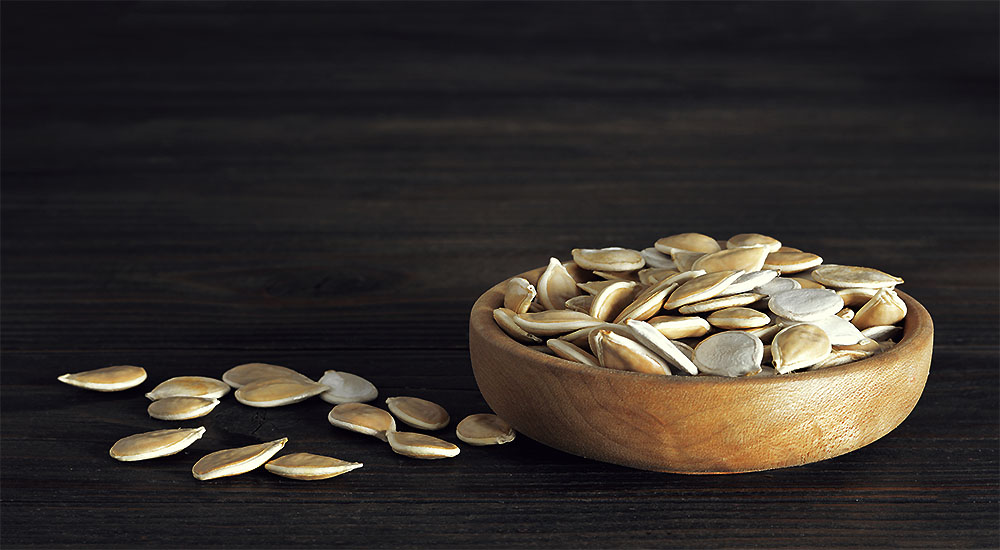Carpal Tunnel Syndrome Treatment

What is Carpal Tunnel?
In today’s era of technology and computers especially here at Root Cause Medical Clinic, carpal tunnel syndrome has become commonplace. There is much written on it in and lots of money being poured into research focused on treatment and prevention.
The carpal tunnel is a small passageway which lies right in the center of the wrist when you look at the palm. This tunnel is made up of the bones of the wrist (the carpal bones) and houses an important nerve which is called the median nerve. This nerve travels all the way from the shoulder to the elbow to the wrist and ends by sending branches into the fingers of the hand. The nerve works to control the small muscles in the hand which allow us to grasp and grip things.
Most people don’t appreciate the importance of nerves. They know that muscles move joints, bones keep the body structure intact, arteries, and veins carry blood, but they are confused as to the function of nerves. Nerves keep the entire body moving. They are like electric wires with the main power line being situated in the brain and spinal cord. They give necessary feedback to the brain that allows the movement of muscles and joints. If they didn’t perform that function, we would not be able to move, walk, or perform day to day functions – not to mention that our organs wouldn’t work either!
Why Does Carpal Tunnel Happen?
In most cases we see at Root Cause Medical, carpal tunnel syndrome occurs from repetitive stress. Some examples are excessive typing, mousing, or any repetitive movement of the wrist and hand. This excessive movement keeps the median nerve working constantly to do the job at hand, to the point where the connecting muscles that the nerve controls give up functioning and start moving sluggishly.
In certain cases, carpal tunnel syndrome can be closely related to autoimmune conditions like rheumatoid arthritis, hyperlaxity, and lupus. It is known that hormones also play a very important role in the lining of the tendons which form the walls of the carpal tunnel at the wrist. The proof of that is that carpal tunnel can occur during pregnancy and shortly after delivery. Patients typically complain of achiness in the wrist, forearm, or hands at the onset.
They have an urge to shake their hands to relieve the achiness. This feeling slowly progresses to subtle numbness in the fingers. If it is neglected, the wrist and the hand muscles become unable to grasp and grip completely. Patients often complain of dropping things involuntarily or finding it challenging to hold objects such as bottles, cups, mugs, etc. I recall a plumber who had been suffering from these symptoms for 6 years and had completely ignored it. By the time he came to see me his symptoms were so bad that he was unable to completely close his hand to make a fist, making his ability to work next to impossible.
When Should You Receive Treatment?
Carpal tunnel syndrome should be treated quickly once symptoms first appear. The important thing initially is to analyze the reason for the problem. If it is related to one’s occupation or repetitive stress from a hobby, the mechanics of how the action is being performed must be evaluated and modified immediately. For example, an ergonomic assessment and modification need to be done for a computer professional with carpal tunnel syndrome.
The next issue to address is keeping the joints and muscles at periodic rest. The most common way we handle this is by prescribing splints and braces which keep the wrist stable during the night such that the joints and muscles can be fully at rest. In certain advanced cases, braces are recommended for daytime use also.
Why is Physical Therapy the Best Form of Treatment?
Physical therapy plays a very important role in treating the initial stages of carpal tunnel syndrome. After a comprehensive evaluation, the physical therapist discusses goals and treatment procedures. One of the mainstays of the treatment is manual therapy for the wrist, hand, and forearms. Certain therapists also utilize deep friction tools to help reduce adhesions around the wrist and hand. There have been a number of excellent research in this area that validates the results obtained from this type of therapy.
In other cases, postural workups may be necessary. Adjunct modalities such as ultrasound and electrical stimulation may help. Therapeutic exercises are prescribed on a gradient depending on the patient’s clinical status. In the initial stages, when the symptoms are severe, stretching is key followed by a slow progression to more resistance type exercises.
Another helpful remedy is kinesiotaping techniques. I have noticed that it gives significant relief of symptoms for patients and it also preferred because it can often replace bulky braces.
Do I Need Surgery?
Surgery should only be considered once all other conservative measures have been exhausted.
Carpal tunnel syndrome can be treated successfully with the right tools and proper evaluations by a competent physical therapist who has had a lot of experience in the area. A big key to successful treatment—and the avoidance of surgery—is to get treatment early on when the symptoms are still fairly new.
Do you need help with your health?
We have the diagnostic and testing tools, the clinical experience, and a different medical approach to discovering the root cause of why you have the symptoms that are bothering you. As long as you are ready to make some dietary and lifestyle changes, we can help you. We will "hold your hand" through the changes, step by step, to make each step an easy one. We are located in Clearwater, FL, at 1000 S Ft Harrison, at the corner of Ft. Harrison Ave. and Magnolia St. There is plenty of parking space directly accessible from Ft Harrison. If it is not convenient for you to come to Root Cause Medical Clinic, we offer telehealth/telemedicine consultations to residents of certain states. Call us for details.
Contact us for a Consultation – Call 727-335-0400
Ask a Doctor
Have a health concern you'd like to speak with a doctor about? Or just want clarity on a subject? Ask Us!
Featured Articles
Popular Stories

Dr. Rupa Chakravarty DPT, OCS
Director of Physical Therapy at Root Cause Medical
Doctor of Physical Therapy, Orthopedic Certified Specialist
Dr. Chakravarty has numerous certifications for different techniques in Physical Therapy practice. She employs an extensive array of manual as well as exercise techniques to manage her patients’ symptoms during their course of therapy.


